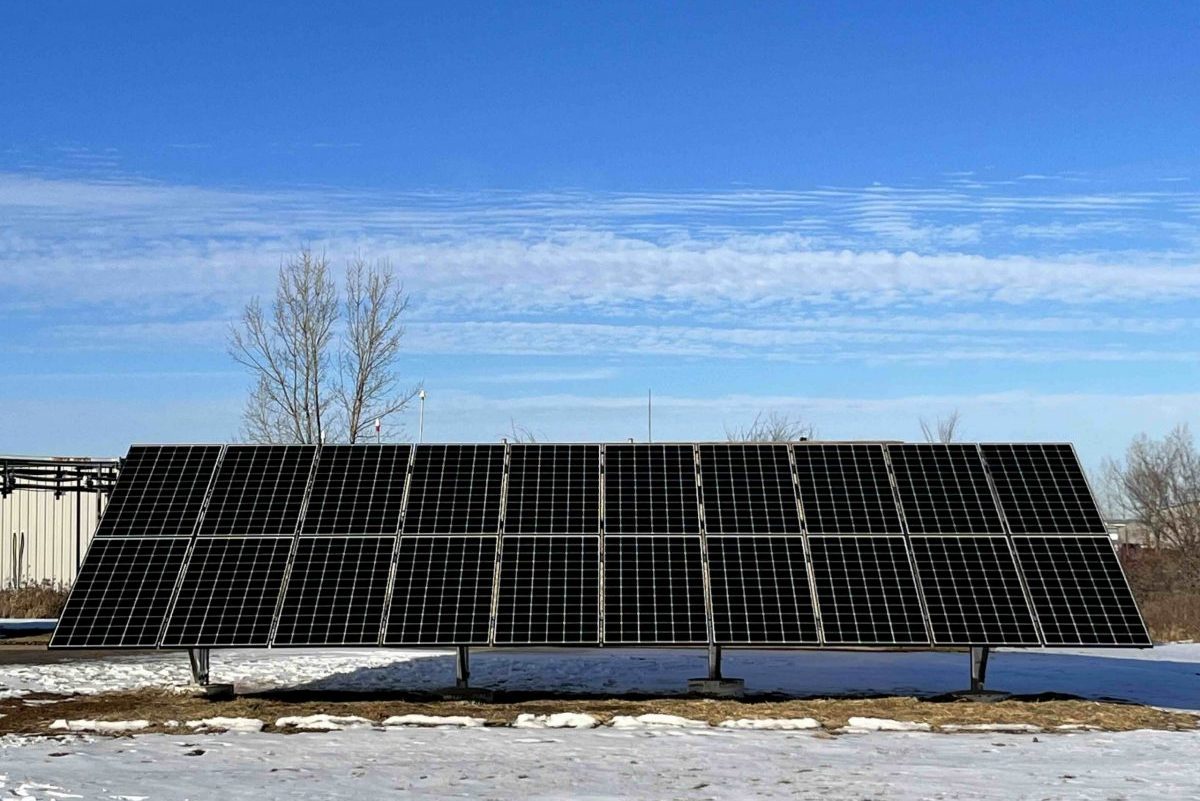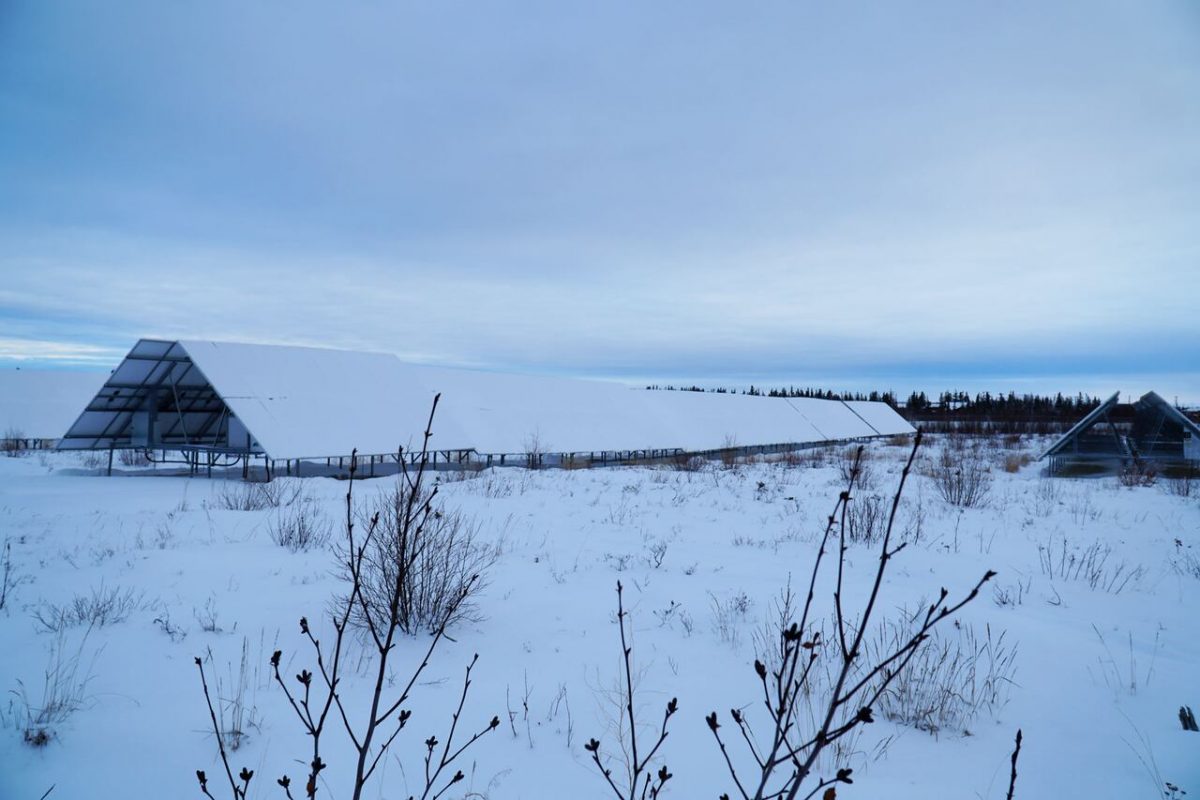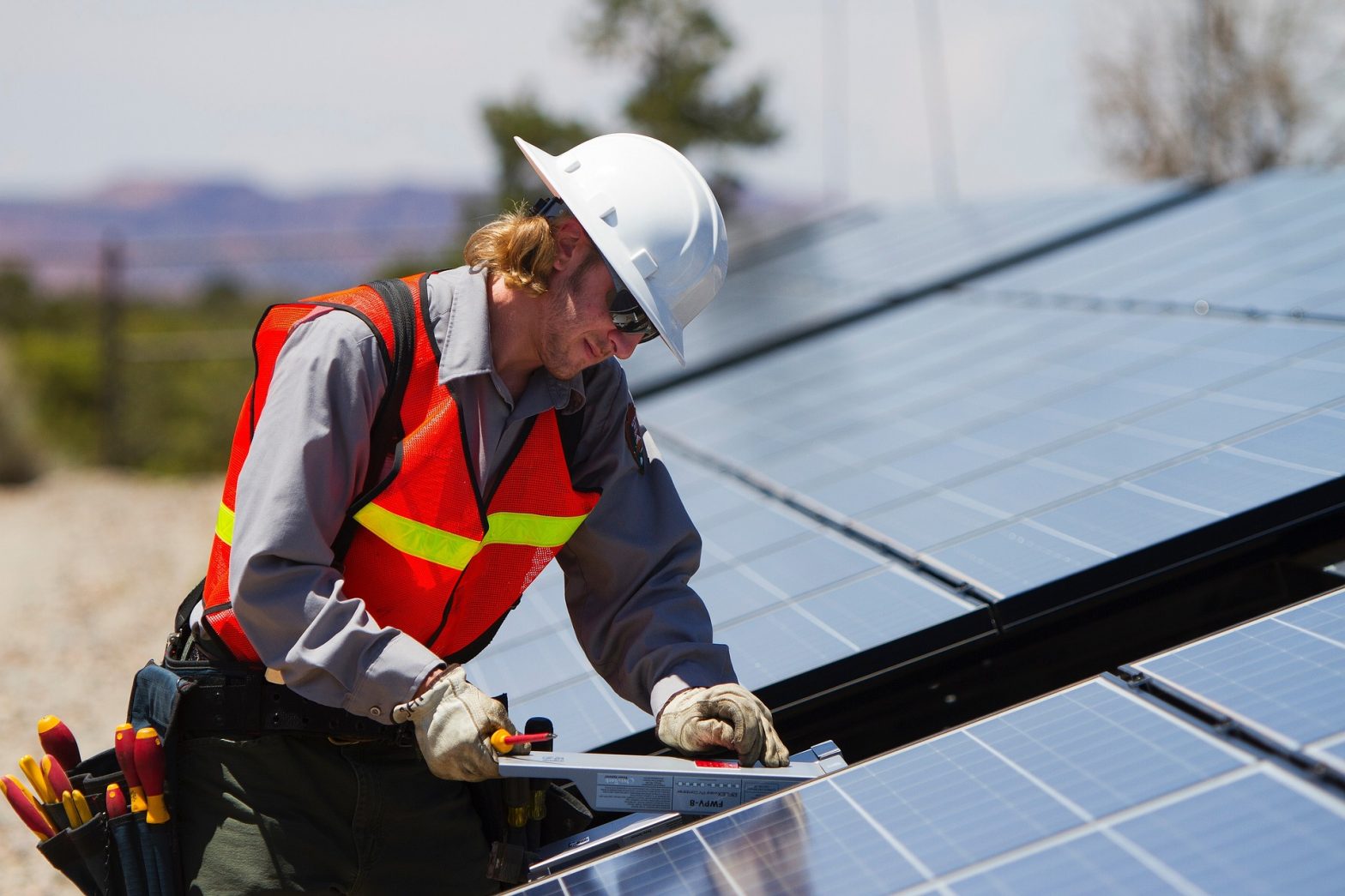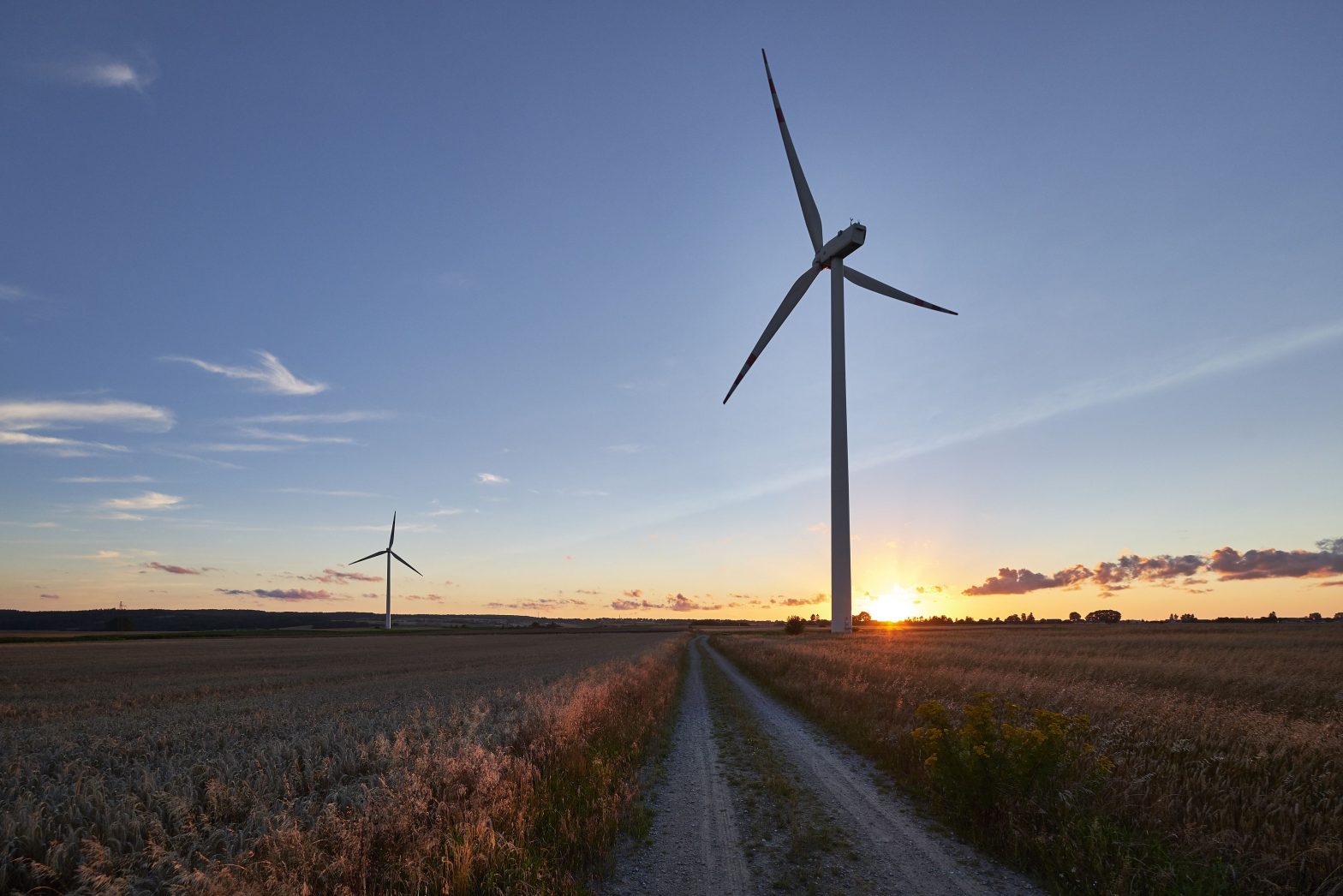The Vuntut Gwitchin First Nation lives in the Old Crow community, about 800 km to the north of Whitehorse. Just like other remote communities, they want to bring down their reliance on fossil fuels by transitioning to solar power. With a goal of designing a farm with 350 kWh of battery storage and 900 kW panels, this is set to be the biggest solar installation in the Yukon.
Making it happen
BBA and 3eyond Consulting assessed different options for the orientation, location, size, and number of solar panels. In the end, they went with a back-to-back design instead of a south-facing one. The experts made use of the best angles to optimize energy from the low trajectory of the arctic sun.
Meanwhile, the battery size was chosen after looking at PV capacity. A one-of-a-kind Solvest optimizer design brought down inverter costs. The only means of transportation to the community is by air, so designs had to make use of local materials and be transportable. Because of this restriction, there was nothing else to do but rule out the use of large quantities of cement, steel, and wood.
Choosing the location
The solar farm in question was set for installation in the middle of a territory that was traditionally used for berry picking. Because of this, the contractors decided to preserve the spaces that are reserved for the growth of these native plants.

Listening to recommendations
BBA also followed the recommendations given by Porcupine Enterprises Ltd., a contractor in the Vuntut Gwitchin area. This is the reason the geotechnical team of the company worked on the design of foundations that incorporated a combination of geotextiles, drainage tiles, and insulation. This was an excellent innovation that was meant to lessen the effects of permafrost on the panels.
Meeting their goals
This project, which was customized to suit the needs of the people in the area, was received positively by the community. William Josie, the director of the Natural Resources for the Vuntut Gwitchin First Nation, said that the solar power farm has allowed them to reach their goal of owning the facility.
It is good to know that the development saves 190,000 L of diesel every year and produces AC power of 60 kW. Upon installation of the batteries, it is set to produce AC power of as much as 450 kW!



